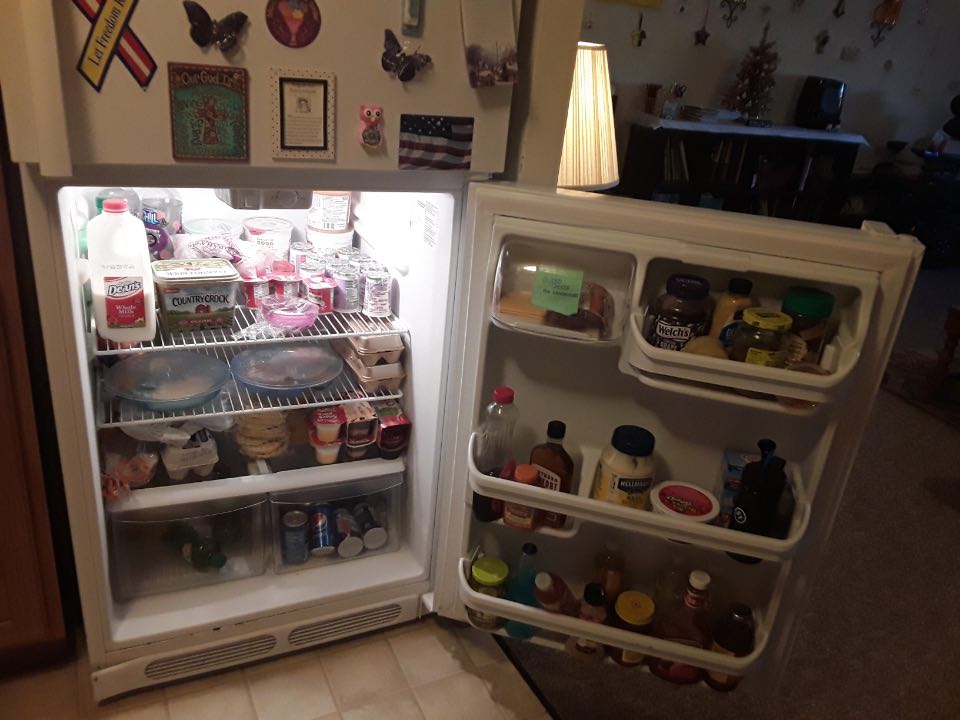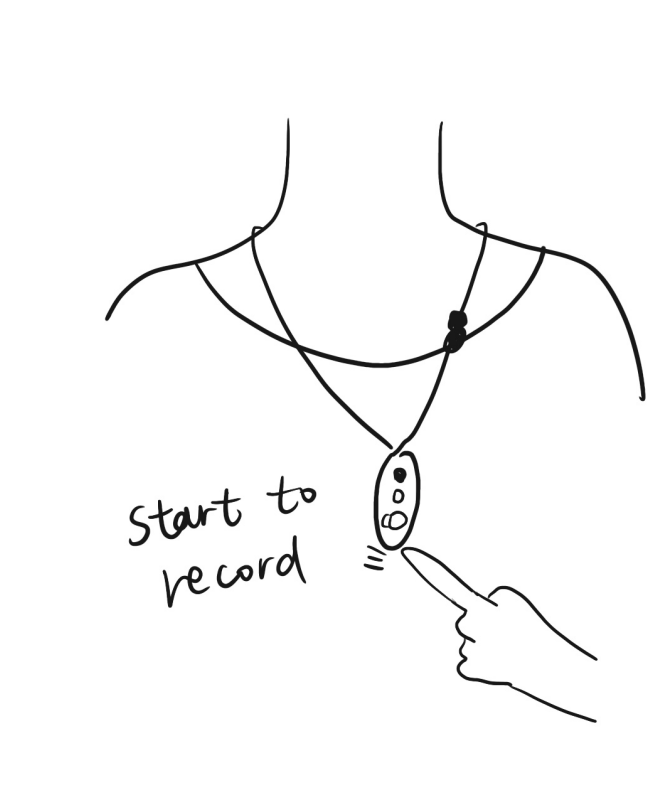Introduction:
Team Callisto had the opportunity to speak with Mary D’Ottavio to design an assistive device for Mary’s daily life. Through the Ideate: Physical Computing course at CMU we were able to meet with Mary and ask her about how she navigates her life with her physical disabilities. The Team consisting of Sumayya, Yongwen, Juan and Tristan held multiple interviews with Mary to really understand what type of device would benefit her. On Wednesday, March 23 Mary told the team about her love for sports, writing, card collecting and emphasized some issues regarding accessing items that are far out of reach. After some brainstorming, the team decided to meet with Mary again on March 27 to go over their ideas and designs for another brainstorming session.
Agenda:
Interview 1:
- General introduction of the team and Mary
- Thank for Mary for taking the time to do the interview, and ask what encouraged to join the project
- Briefly explain project and establish the expectations we have
- Ask what she does in daily life (try to branch off of the reason she joined the project)
- Ask about hobbies
- Ask about difficulties she has in her daily life
- Ask about if she has any ideas for projects
- Brainstorm some potential solutions to problems that Mary may have mentioned from the last few questions
- Summarize the meeting
- Thank Mary for coming and let her know we will keep her updated about our ideas.
Interview 2:
- Short recap of last meeting, briefly discussing any key takeaways [5-10 Minutes]
- Discuss any topics/ideas Mary may have thought of since last meeting
- Go over our current project ideas [5 minutes per idea, 20 minutes total]
- Get feedback from Mary, ideally try to narrow down to 1-2 most appealing ideas
- Decide whether or not to move forward with one specific project, or to keep brainstorming
Summary and Takeaways:
Through the interviews we learned a lot about Mary’s activities and daily life. We were inspired by her strive to be independent and the many techniques she’s used to do her tasks on her own as much as possible. Although we were happy to learn Mary is very independent, this initially made it difficult to come with solutions that Mary would truly benefit from. It is why our first project idea was a solution to help with difficulties related to physical concerns such as reaching for items at the back of a closet or refrigerator. During the first interview we had discussed solutions to this problem but after a conversation with the professor, we realized our solution was very mechanical. And so, we went back to our notes from the first meeting and held a second interview with Mary.
During the second interview, we clarified the purpose of the project was to find solutions that involve electronics. We eventually learned that Mary loves to write whenever she gets the chance. We wondered if Mary has difficulty noting ideas that she may randomly think of. As a result we suggested a device that could record notes by the press of a button. This way, Mary doesn’t have to worry about the time and difficulty of typing ideas. Instead, she simply scrolls through her recordings, minimizing hand movement and maximizing her ability to write more stories.

Images of Mary’s fridge from the first Interview. We wanted to see the layout of her fridge when we were discussing the accessibility problem with items at the far back.

Design inspired from our second interview. This device is a recorder that would help Mary note ideas whenever and wherever.
Thoughts:
The two meetings we had with Mary both went well. Mary is a very positive lady who loves her life so much, which inspires us not only for this assignment but also for our life attitude. We followed the agenda to carry on the meeting and Mary cooperated with us nicely. Unfortunately we could not meet in person for the second interview. But even over the phone, we had a productive discussion about the pros and cons of different project ideas. We appreciated Mary’s honesty and feedback on our ideas as it greatly helped us revise our designs. Since everything went so well, we ended the meeting about 10 minutes earlier than expected. The second meeting was truly productive which made us know better about Mary’s needs and helped us decide on the final design: the voice recorder device. All the team members are very excited about this idea and hope the project goes well and benefits Mary in the future.
